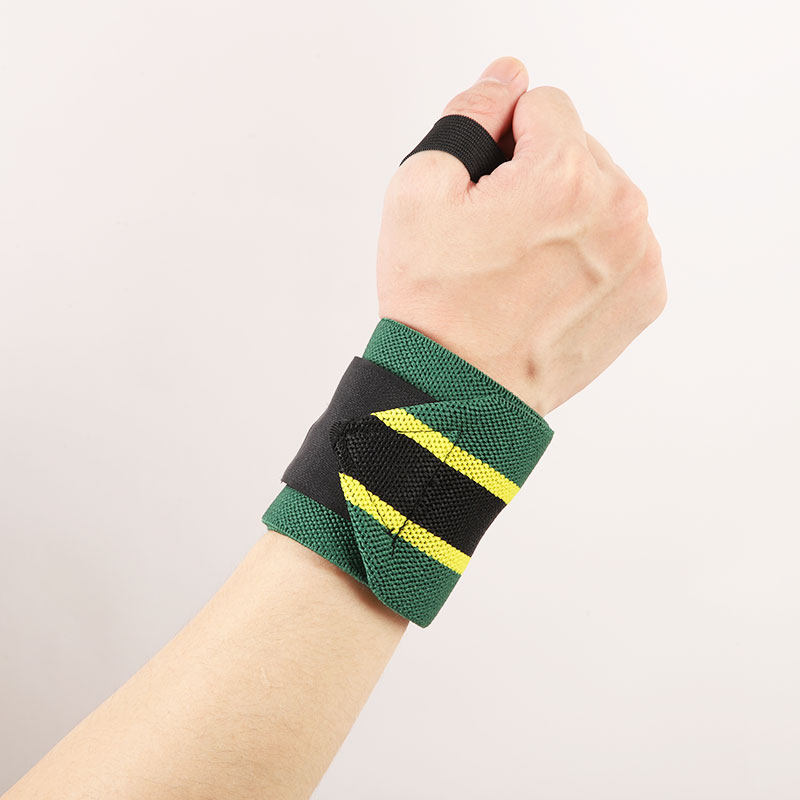When choosing the right wrist support consider the following factors to ensure it meets your needs and preferences:
Level of Support Needed: Determine the level of support required based on your specific condition, injury, or activity. For mild discomfort or preventive use, a lighter support may suffice, while more severe injuries or conditions may require a rigid or immobilizing brace.
Comfort: Look for wrist supports made from breathable, lightweight materials that provide cushioning and comfort. A comfortable fit encourages consistent wear and reduces the likelihood of irritation or discomfort during extended use.

Breathability: Choose wrist supports with breathable materials that allow air circulation to prevent excessive sweating and discomfort. This is especially important if you plan to wear the support for long periods or during physical activity.
Adjustability: Opt for wrist supports with adjustable straps or closures that allow you to customize the fit for your wrist size and comfort level. Adjustable supports also accommodate changes in swelling or fluctuations in wrist size throughout the day.
Compatibility with Daily Activities: Consider how the wrist support will integrate with your daily activities and routines. Look for low-profile designs that won't hinder movement or interfere with tasks such as typing, writing, or sports activities.

Stability vs. Flexibility: Depending on your needs, decide whether you require a wrist support that offers maximum stability and immobilization or one that allows for some degree of flexibility and movement. Balance the need for stability with the desire for freedom of movement.
Specific Features for Your Condition or Activity: If you have a specific medical condition or injury, or if you engage in particular activities that strain your wrists, look for wrist supports designed to address those needs. For example, some supports offer extra padding for cushioning, ergonomic designs for optimal wrist positioning, or specialized features for conditions like carpal tunnel syndrome or tendonitis.
Durability and Quality: Invest in a high-quality wrist support that is durable and built to last. Check for features such as reinforced stitching, sturdy closures, and reliable materials that can withstand daily wear and tear.
Consultation with a Healthcare Professional: If you're unsure about which wrist support is best for you, consult with a healthcare professional or a qualified orthopedic specialist. They can provide personalized recommendations based on your specific condition, lifestyle, and needs.
By considering these factors and asking questions about the level of support, comfort, breathability, adjustability, and compatibility with daily activities, you can make an informed decision when selecting the right wrist support for you.


 English
English Español
Español русский
русский Français
Français Deutsch
Deutsch By Admin
By Admin
























